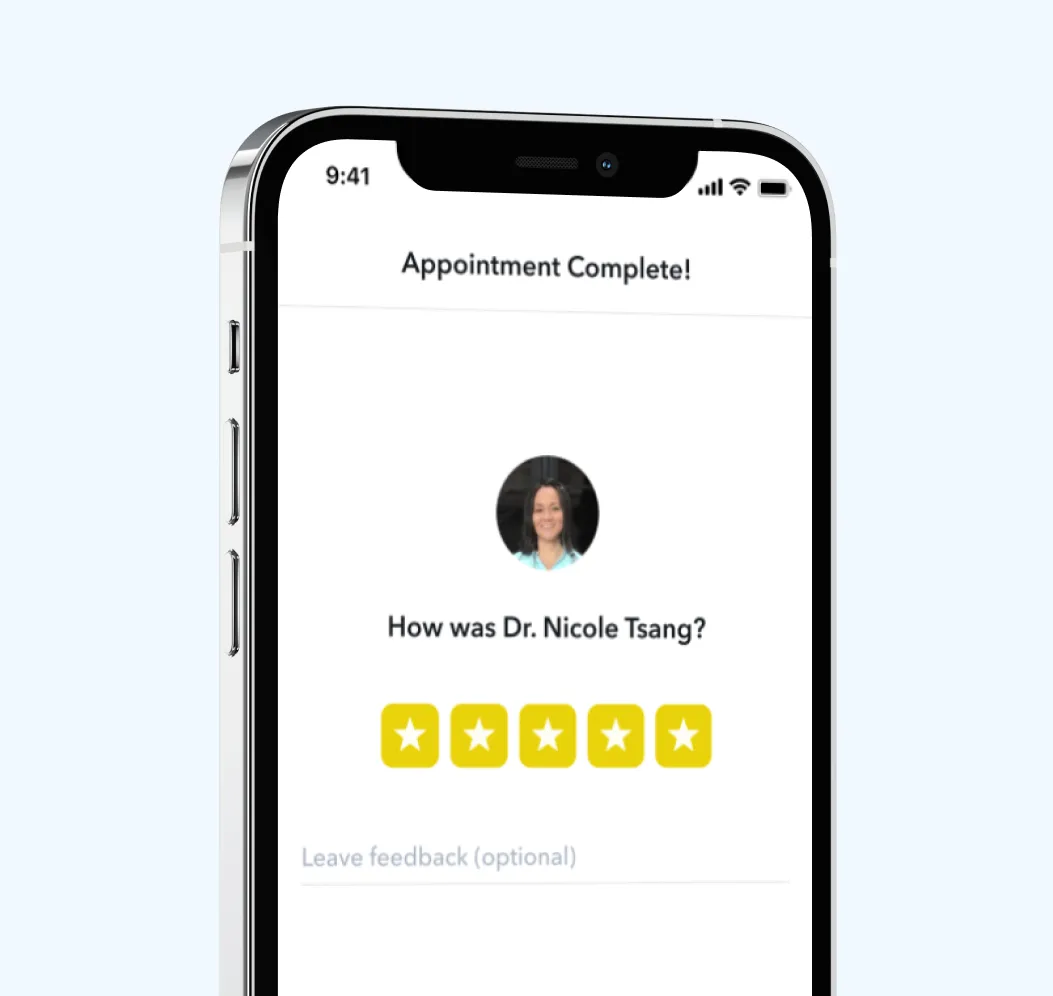All posts
When is Allergy Season? A Guide to Timing, Symptoms, and Relief

Circle Medical Staff
Sep 19, 2025
6-7 mins

For many people across the world, seasonal congestion, itchy eyes, and persistent sneezing are a reality they face every year. But exactly when is allergy season, and why does it feel different every year?
For many allergy sufferers, the shifting pollen counts, mold spores, and indoor allergens can make each season unpredictable. This results in frustrating, lingering allergy symptoms that seem to strike just when you least expect them.
That’s why it’s so important to understand when allergy season typically begins, what allergy triggers are most common in your area, and how to prepare so you can feel more in control.
In this guide, we’ll walk through the major allergy seasons across the U.S. and share simple ways to stay ahead of seasonal allergies so you can spend more time enjoying the seasons, not dreading them.
Allergy Season Explained: Causes, Triggers, and Timing
“Allergy season” refers to the times of year when certain allergens like tree pollen, grass pollen, ragweed pollen, or indoor triggers such as dust mites, mold spores, and pet dander are at their peak. When you breathe them in, your immune system sometimes overreacts. Instead of focusing on real threats like harmful bacteria or viruses, the immune system mistakenly treats these particles as invaders. The immune system overreacts and releases histamines, which trigger allergy symptoms: a runny nose, stuffy nose, itchy eyes, sneezing, and fatigue.
Because different pollen-producing plants release pollen at different times of year, allergy season doesn’t follow a single calendar. For some, spring allergies flare up as tree pollen fills the air. For others, grass pollen during the summer allergy season or ragweed pollen in the fall is the biggest culprit. And for many, winter allergies caused by common indoor allergens make symptoms a year-round struggle. Understanding these causes, triggers, and seasonal timings can help you better anticipate when allergy season can start, when it may peak, and what steps you can take to manage allergy symptoms effectively.
Allergy Seasons in the U.S.: Spring, Summer, Fall, and Winter
Each season in the U.S. brings its own set of allergens and challenges. Knowing when specific triggers peak can help you prepare, recognize patterns in your allergy symptoms, and take steps to find relief before they interfere with daily life.
Spring Allergies (Tree Pollen)
When: Late winter through spring (often February–May), beginning earlier in the South due to mild winters.
Triggers: Tree pollen from oak, cedar, maple, birch, and other pollen-producing plants is the main culprit in early spring.
Symptoms: Sneezing, a runny nose, itchy eyes, and postnasal drip are common spring allergy symptoms that mirror hay fever but flare with high pollen counts.
Summer Allergies (Grass Pollen)
When: Late spring through summer (often May–July), with the most intense pollen levels in early summer.
Triggers: Bluegrass, Bermuda, and Timothy grass pollen are notorious for triggering allergies this time of year.
Regions: The Midwest and Southern states often experience the highest pollen counts, leading to seasonal allergy symptoms that feel impossible to escape during the summer allergy season.
Fall Allergies (Weed Pollen & Ragweed)
When: August–November.
Triggers: Ragweed pollen dominates the fall allergy season, but other weed pollen like sagebrush and lamb’s quarters can also trigger allergic reactions.
Did you know? A single ragweed plant can release up to a billion pollen grains that travel more than 100 miles, making ragweed season a widespread challenge for allergy sufferers across the U.S.
Winter Allergies (Indoor Allergens)
When: Late fall through winter.
Triggers: Indoor allergens such as dust mites, mold growth, and pet dander are the most common triggers.
Why worse in winter: With windows closed and heating running, indoor air is recirculated. Without good filtration and routine cleaning, allergens can build up and become more noticeable in winter. For those with year-round allergies, this season often feels particularly tough.
Regional Allergy Differences: Northeast, South, Midwest, West
Allergy season doesn’t affect every part of the country in the same way. Geography, climate, and local vegetation all shape when and how seasonal allergies appear. Understanding these differences can help you anticipate your own peak seasons and prepare accordingly.
Northeast: Spring and fall allergies are especially challenging here, with high tree pollen counts in early months and ragweed pollen dominating in late summer through fall. Allergy sufferers often find both seasons bring persistent sneezing, itchy eyes, and congestion.
South: Thanks to longer growing seasons and mild winters, allergy season typically starts earlier and lasts longer. Spring allergy season can begin as early as February, and high pollen levels may stretch well into late fall.
Midwest: Ragweed is widespread across the Midwest and East, so fall allergies can be especially challenging. Ragweed pollen is abundant, and its ability to travel long distances makes symptoms hard to avoid.
West Coast: While the climate is milder overall, pollen allergies here can occur year-round. Tree pollen and grass pollen are steady contributors, and mild winters mean less of a break between seasons.
Southwest and Desert Regions: Dust is a major trigger, and mold spores can flare after rain, indoor dampness, or monsoon periods. Seasonal winds can stir up dust, while occasional rain encourages mold growth, both of which can trigger allergy symptoms.
Wherever you live, checking your local pollen forecast can help you anticipate high pollen days and limit outdoor exposure when pollen levels spike.
Recognizing Seasonal Allergy Symptoms
Seasonal allergy symptoms can feel a lot like a cold or the flu, which makes them tricky to pin down. The difference often comes down to timing and triggers. If you consistently experience allergy symptoms when pollen counts rise or indoor allergens build up, allergies may be the cause.
Here are the most common signs to watch for:
- Sneezing, runny nose, or stuffy nose that lingers when pollen levels are high.
- Itchy, watery eyes that flare up outdoors or around pets.
- Postnasal drip, cough, or throat irritation that worsens when allergens circulate.
- Fatigue and disrupted sleep caused by congestion or ongoing irritation.
- Symptom flare-ups during high pollen days or mold growth periods, even when you otherwise feel well.
Note: Fever is uncommon with allergies. If you experience a fever, it may indicate an infection rather than seasonal allergies.
Recognizing these seasonal allergy symptoms can help you distinguish them from short-term illnesses and take proactive steps to relieve allergy symptoms and manage allergy symptoms before they interfere with your daily routine.
When to See a Doctor for Seasonal Allergies
Over-the-counter medications, nasal sprays, or natural remedies may provide temporary relief, but sometimes they’re not enough. If your symptoms linger, interfere with daily life, or worsen despite your best efforts, it may be time to talk with a provider. Year round allergies, or frequent allergy flare-ups that keep you from sleeping well are all signs you could benefit from medical support.
A primary care doctor can help by:
- Clarifying what’s going on: Distinguishing between seasonal allergies and other conditions that may mimic them.
- Recommending next steps: Recommending allergy testing and, if appropriate, referring you for allergy shots (allergen immunotherapy).
- Tailoring treatment: Suggesting prescription medications, saline solution rinses, or other personalized options to help you manage allergy symptoms effectively, when appropriate.
With Circle Medical, you can connect with board certified providers through convenient virtual visits, no waiting rooms required. Our compassionate, evidence-based care supports patients with allergic asthma, allergic rhinitis, and year round allergies.
From prescriptions to ongoing allergy management, Circle Medical makes it easier to breathe freely through every season.
Circle Medical Providers must meet all of the following standards:
-
Exceptionally qualified in their field
-
Board-certified
-
Deeply empathetic for patients
-
Follows evidence-based care guidelines
-
Embracing of diverse patient backgrounds
-
Impeccable record of previous care
400+ Primary Care Providers.
100% Confidence.
No matter which Provider you choose, you will be seen by a clinician who cares deeply about your health and wants to help you live your happiest, healthiest life.
Circle Medical Providers are held to an exceptionally high standard of compassionate, evidence-based care.
Book Appointment

